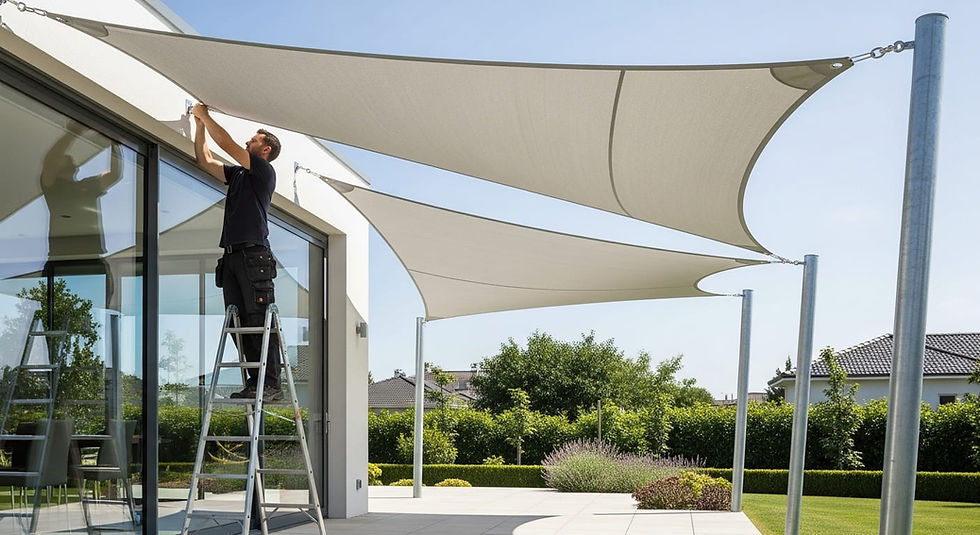All You Need To Know About Commercial Roof Restoration
- ameliya lanne
- Jan 12, 2019
- 3 min read
Factors such as appearance, age, climatic changes, etc. will indicate whether you should restore your roof or not. When your roof has experienced considerable damage and is having a few leaks or is breaking down because of its age, then you must restore your roof. If there are only a few damages, those areas can be repaired with restoration. A commercial roof restoration will address many of your problems.
Intervening with the roof at the right point of time will save as much as half the cost of any complete tear-off and replacement. It saves you the disruption to your business and landfills the waste generated during the process. There are various types of restoration systems like built-up or modified roofs, gravel roofs, metal roofs, new cold or process roofs, single ply roofs and cool roofs in the commercial world.
Considerations:
Condition: If your building's roof is old but still structurally sound, then it can be restored for the future.
Cost-effective: When your roof is a decent condition, a roof restoration will cover up any minor problems by keeping the costs certainly low.
Lifetime: A restored roof can last for years if it is properly maintained. A roof must be re-coated every 10 years to maintain its conditions. There are several options in roof restoration materials that can be used when you decide to have a coating application. There are other material options that may differ in longevity, which include EPDM, metal, built-up and modified bitumen.
Tax Benefit: A commercial building’s restoration of a roof can be classified as a maintenance expenditure in your taxes. Here the replacement of the roof is a capital expense.
Project turnaround time: Roof restoration is often less time taking as far as labor is concerned and less disruptive for tenants. It also decreases the labor costs in addition to a speedy repair. A roof replacement will take a longer time to remove the old roof but restoration does not take much time.
Cost: Restoration cost is much more significant than that of replacement. A replacement roof requires more labor, materials, and preparation but roof restoration does not need all of them.
Season: Summer is the best time for the installation of any roof, as the materials typically need to be dried.
Safety: A restoration can upgrade your building’s roof to a good class fire rating. You can lower the cost of your insurance in addition to enhancing the safety of your building.
Heat efficiency: Some coatings are highly reflective and they can increase solar reflectivity which ultimately reduces the interior cost of coating.
Signs That Your Roof Needs Restoration:
When your roof age is around 20-30 years old.
When Splitting or buckling of the existing membrane occurs.
Leaks throughout the roof cause wet insulation and soft spots.
When Scrim reinforcement is visible.
Daylight can be seen around penetration and through the membrane.
When extensive granule loss is observed.
Benefits Of Roof Restoration:
Roof restoration stops leakage and brings your roof back to the watertight state.
Roof restoration extends the warranty and lifespan of your roof.
The cost-saving due to restoring a roof is 50% higher than replacement or any other method.
The roof surface becomes seamless after restoration.
You can opt for reflective colors and get it customized depending on the climate.
Roof Restoration is sustainable with options to extend life past warranty.
Conclusion:
You should make a decision regarding the restoration of your building’s roof. You must know whether your roof is good enough for roof restoration, get it checked by an experienced roofing professional. Firstly, an inspection will determine the conditions of the roof to find the areas of roof restoration.



















Comments